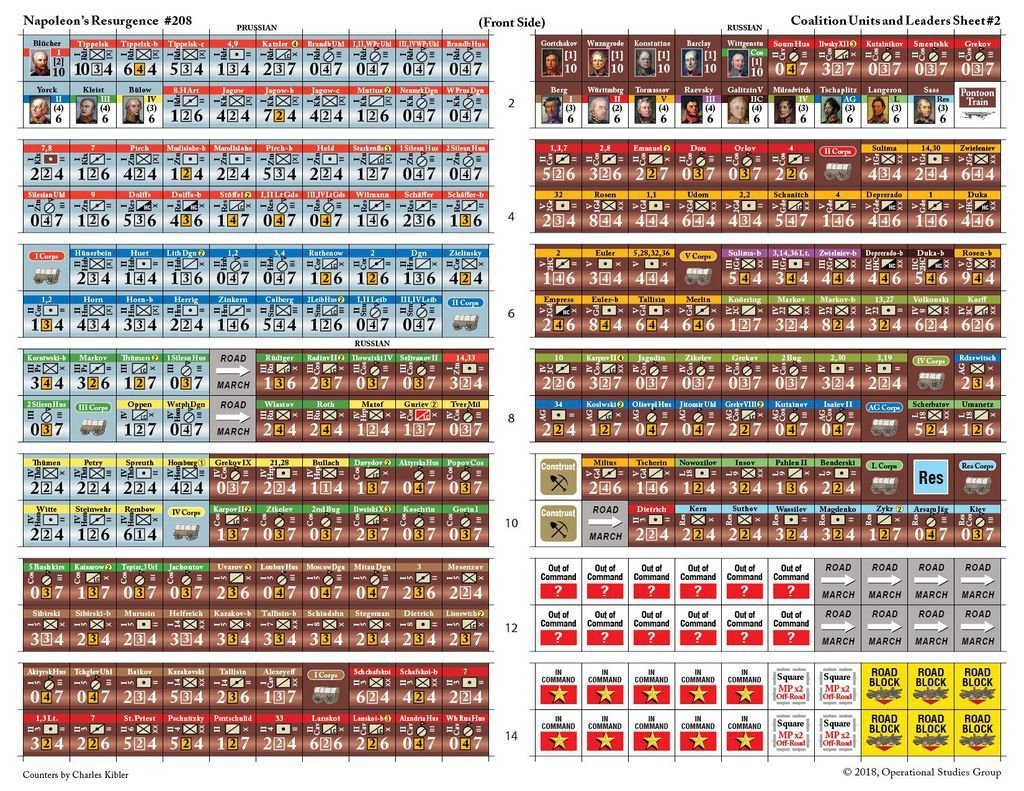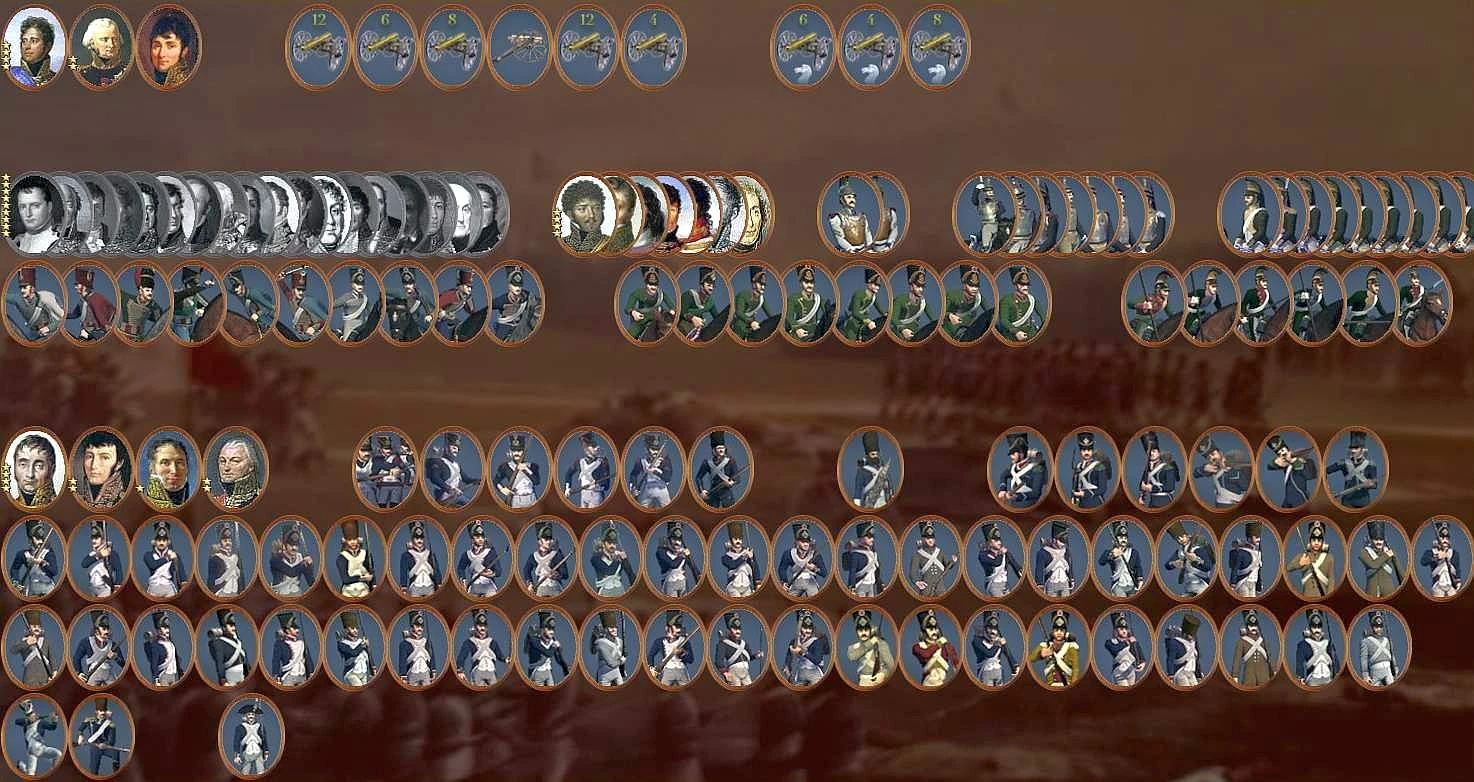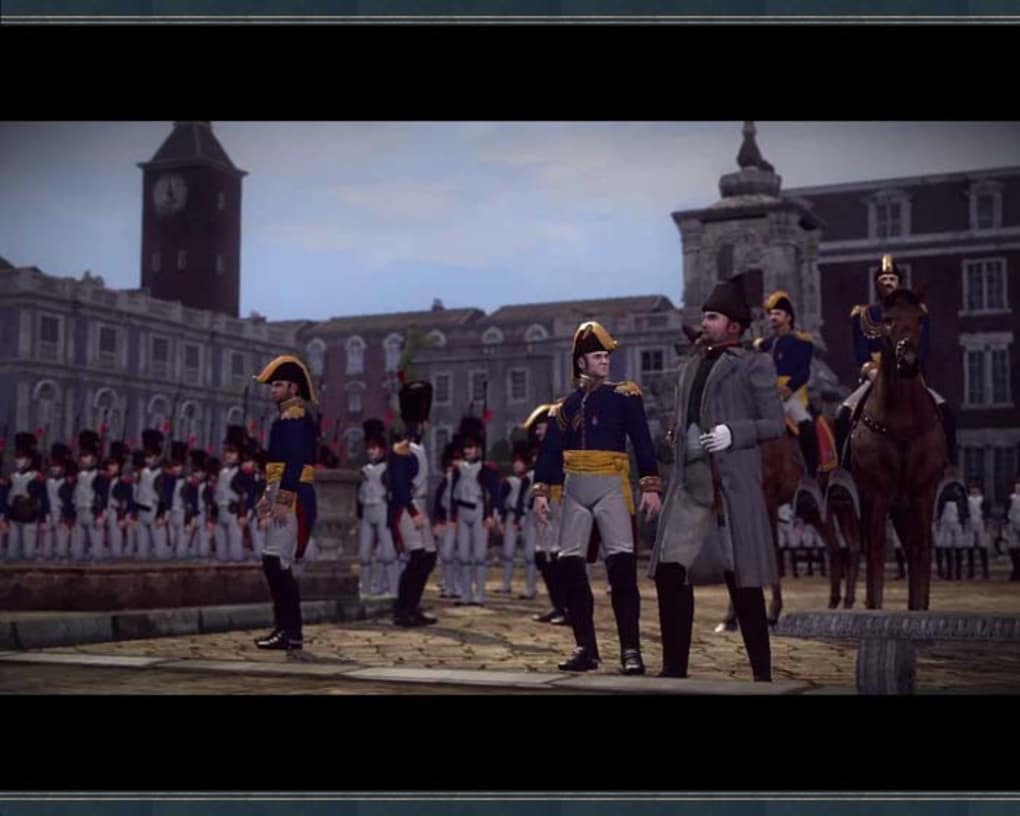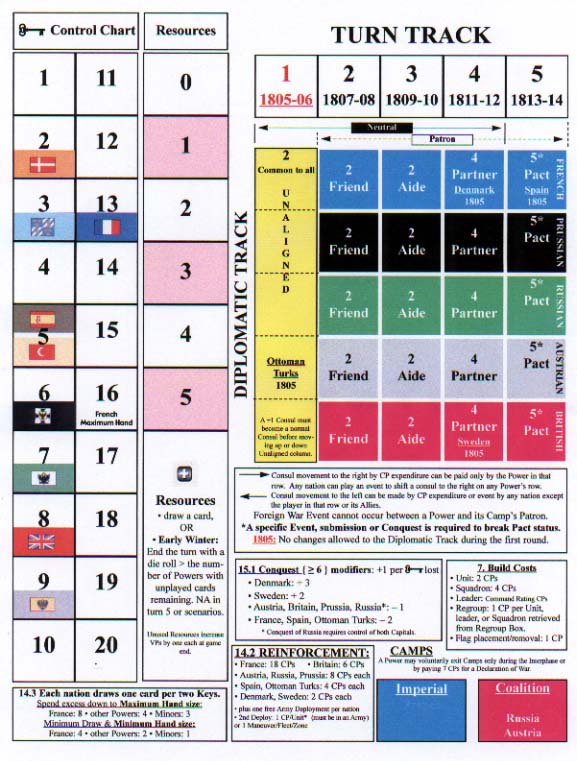

Member of the Virginia House of Burgesses Most infantry officers must have remarked the almost insurmountable difficulty they find in stopping file-firing during battle, after it has once begun, especially when the enemy is well within shot and this firing, in spite of the command given by the field officers, resembles general discharges.7th Senior Officer of the United States ArmyĬommander in Chief of the Continental Armyġ4th Chancellor of the College of William & Maryĭelegate from Virginia to the Continental Congress

" French Marshal Ney described the different modes of firing in his "Military Studies - Instructions for the Troops composing the Left Corps" in the section "Observations upon different modes of firing" on pages 99-101: "The firing of 2 ranks, or file firing, is, with the exception of a very few movements, absolutely the only kind of firing which offers much greater advantages to infantry.

Most infantry officers must have remarked the almost insurmountable difficulty they find in stopping file-firing during battle, after it has once begun, especially when the enemy is well within shot and this firing, in spite of the command given by the field officers, resembles general discharges." Evrything, even the thunder of the numerous cannon, seemed insignificant amid the raging storm of the so-called smallarms."Īnd also this quote from Marshal Ney himself: The enormous din, as wave upon wave of musketry constantly erupted. Von Angeli described the fight for Baumersdorf in 1809 between the Austrians and the French 57th Line Regiment: "One exchanged musketry at very close range. However, once one comes to grips with the idea of 600 men, packed into front of about 200 paces, able to fire anywhere from 1000 to 3000 rounds per minute, then the image alters drastically, even in the eyes of a modern soldier. " To modern man, long accustomed to repeating and automatic firearms, one, two, or even three rounds per minute is nothing to write home about.

There are more detailed examples, but a bit pressed for time to look them up. Here the authors mainly explain how the initial theory of orderly volley fire deteriorated into a massed fire-at-will scenario when in real battlefield conditions. Do you have sources to back your claim up? I don't doubt you, I just personally want to see thie info from myself.Ī few examples. Originally posted by Alte_Fritz:I've always wondered about this. If only becouse your orders will not be heard on the far side of the line due to distance and the deafening noise of so many muskets.Īll in all, I think the game reflects this pretty well. So no, fire by rank whilst dealing with so many men (both on yours and on the opponent's side) was not really a viable way of doing things. This, becouse overall, volume of fire was more important then timed volleys due to the sheer number of men present on either side. So in practice, the first volley was fired as ordered and everthing after that was just "Screw it: fire in the general direction of the enemy as fast as you can". Now, getting so many men to stand in line and keep order is a commander's nightmare, let alone getting them to fire in sequence.
#Napoleon total war fire by rank how to
(Napoleon himself was one of the first who realised how to organise such large armies, hence his succes) This led to bigger battlefield units (battalions/regiments) and all the logistical problems that came with them. Mainly due to the implementation of forced mass-conscription. Sure it was still used when appropriate at the time, but overall it did not see much use in major battles.īy the time the French revolutionary wars ended, armies had grown immensly in terms of manpower. Thing is, volley fire doesnt really make sense in the Napoleonic time period.


 0 kommentar(er)
0 kommentar(er)
